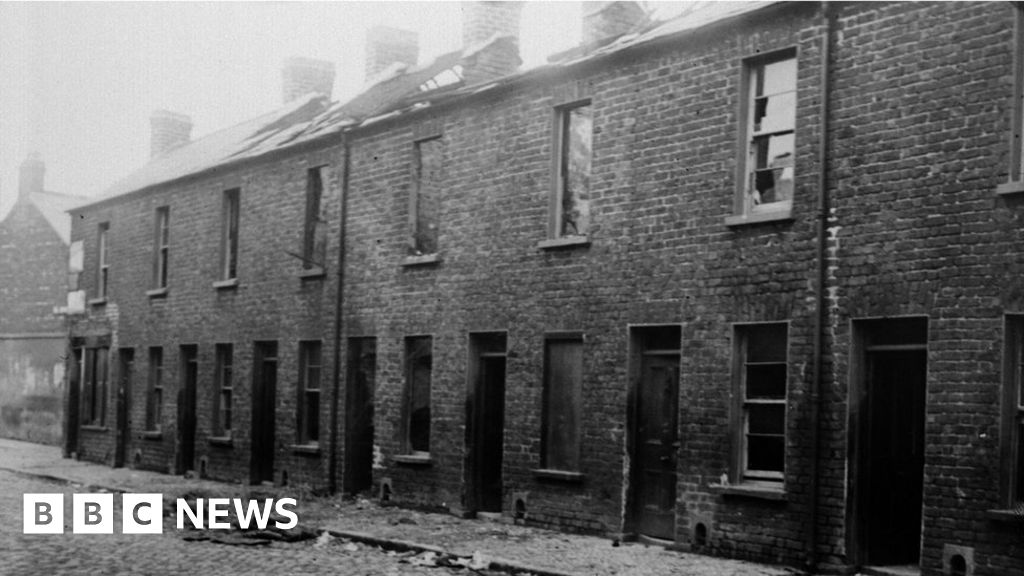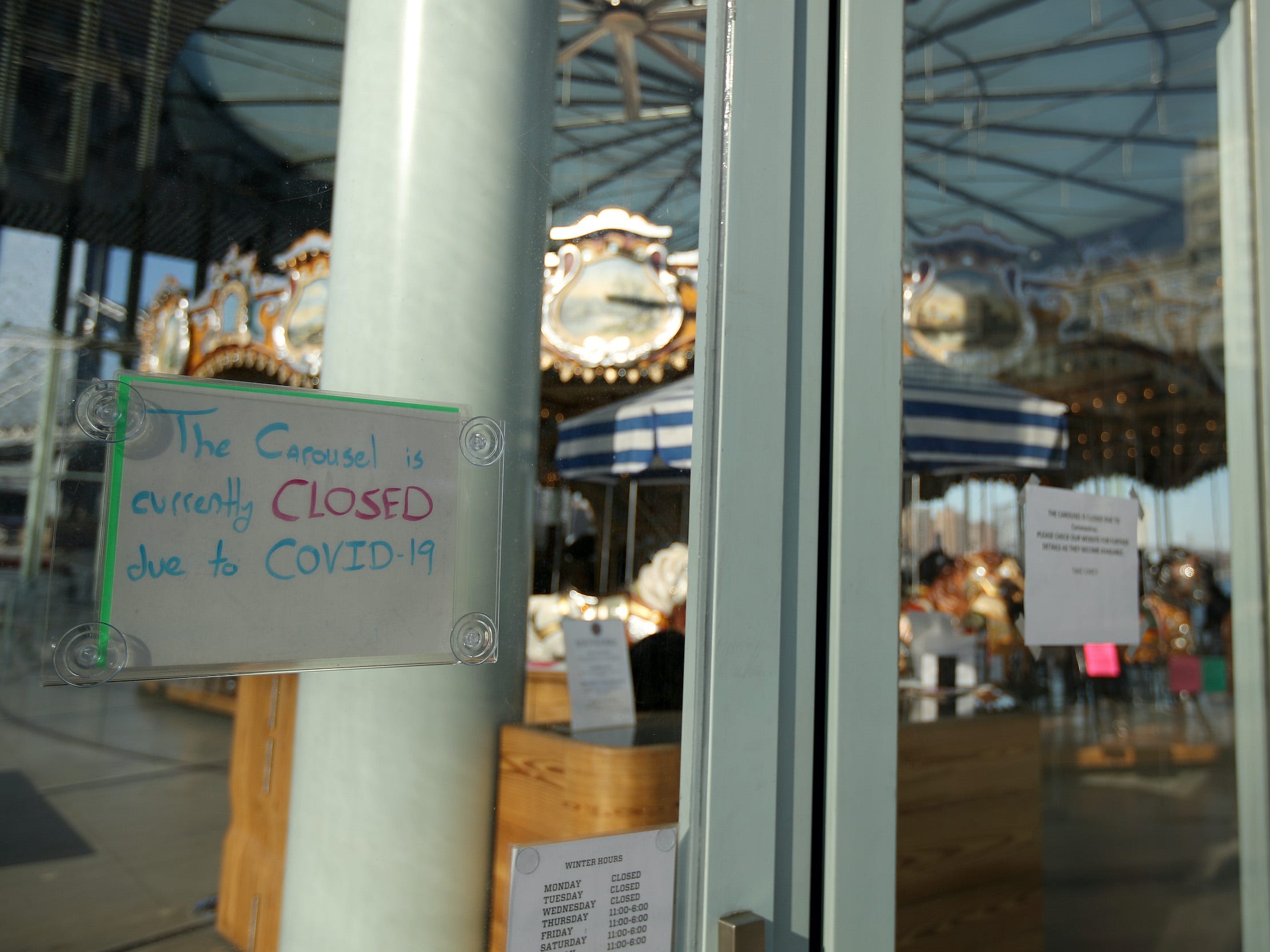WE BELIEVE IN FAMILY | No broken families means no unwanted children.
WE FIGHT FOR WHOLENESS | Wholeness birthed out of a sense of value, identity and belonging
WE BUILD IN COMMUNITY WITH COMMUNITY | Our staff is all local to the areas in which we work
WE BELIEVE IN GENEROSITY | That generosity is a heart posture and that a culture of generosity will always pay for itself
WE BELIEVE IN LOVE | We have been MARKED by Love for Love
Synonyms for marked. (or labelled), tagged, ticketed. 2 to be an important feature of. An annual event marked mostly by noise and confusion. Find 34 ways to say MARKED, along with antonyms, related words, and example sentences at Thesaurus.com, the world's most trusted free thesaurus. The latest tweets from @MarkedByCovid.
We dream of empty orphanages all across Latin America and beyond of stories of children who were empowered to go further, dream bigger, and become more than their circumstance would have allowed because someone showed up and dared to say otherwise about their destinies. Join us today in the movement to make that dream a reality.
These data provide an extensive analysis of GAPDH mRNA expression in human tissues and confirm previous reports of the marked variability of GAPDH expression between tissue types. These data establish comparative levels of expression and can be used to add value to gene expression data in which GAPDH is used as the internal control. Marked is the first novel of the House of Night fantasy series written by P.C. Cast and Kristin Cast. Young teenagers are selected to enter a four-year period transformation to a vampyre and marked with the unfilled mark of a crescent moon. Those are sent to their local Houses of Night, private schools directed by vampyres, specialized in helping the adolescents, called fledglings, survive the Change. Young fledgling Zoey is unusual: unlike other normal fledglings, she bears a filled mark.
- Jaclyn & Micheal Miller | Directors and Founders
“When hope takes over dreams are recovered, cycles are broken and roots become mended. When hope takes action young men learn to say NO to crime and YESto family. Passing on the “easy way” and pursuing instead the way which sustains and transforms forever.
Hope is alive, because WE are alive.
From splintered roots to a MIGHTY OAK. Healthy and tall and unfazed by cycles that tried to define them and unmotivated by the things of old.
There is a new story being written.
A story where hope prevails, love takes hold and children along with their families are made whole and set free for freedoms sake.
This is MARKED. We are MARKED. By Love. For Love.”
Vision
We believe that everyone has story to tell. We have watched time and time again how people have chosen to use their stories, their pain, and their suffering to grow, strengthen and learn: giving them the opportunity to speak into another's life who may be going through something similar . This type of authentic authority is one of the tools that breaks cycles and brings justice to our world and communities. These are a few of the stories of the ones who are breaking those cycles and are a part of the greater MARKED story.

The rapidly growing automobile industry led by Henry Ford and the Ford Motor Company produced new and better models every year to supply the insatiable public demand. Increased wages and lower cost vehicles made possible through mass production meant that cars became increasingly affordable, although 3 out of 4 cars were bought on installment plans.
1920's Automobiles and Road Transportation
Roads that had been designed for horse transport began to deteriorate under the steadily increasing load of traffic. In 1906 local governments supplied 96 per cent. of the road funding. In 1927 the State governments supplied about 37 per cent., the Federal Government 10 per cent., and the local governments 53 per cent. While horse-drawn traffic prevailed, roads were a matter forlocal administration, but the ability of the motorcar to travel long distances brought the question of road maintenance into a larger jurisdiction.
The funding problem for building and maintaining roads suitable for motor cars was largely solved by the introduction of a tax on gas.By the end of 1929 all the states had introduced a gas tax varying from two to five cents per gallon that raised millions of dollars per year.
Roads (including wooden roads) had to be redesigned and rebuilt to accomodate the automobile, new road rules had to be introduced, standardized road signs erected, and methods of controlling traffic (like traffic lights) implemented in densely populated areas.
The National Research Council's highway research board conducted a series of tests to find out the effect different road surfaces had on automobile tires in order to decide what type of roads were best suited for the proposed national highway system. Concrete or brick roads caused a one ounce loss of rubber on a 500 mile trip. Gravel roads caused 2 to 7 times more wear, and macadam, 10 to 50 times more wear. The wear on front tires was 50 to 75% less than rear tyres. Vehicles on concrete roads also used significantly less gasoline.

Vehicles required much higher road clearances than modern cars due to the poor state of roads and tracks, hence the large diameter skinny tires of the day which were effective at cutting through mud to reach more solid ground.
The car enabled people to travel much further afield than foot or horse had permitted. Sunday drives to country areas and touring vacations became popular, but motorists had to plan carefully as there were often long distances between petrol stations and breakdowns were fairly common. Tourist parks (Motels) and other facilities sprang up to service the needs of travelling motorists. Service station chains cashed in on the trend by supplying maps that highlighted their business locations, and then sold travellers food and drink as well as petrol and oil.
New makes of cars proliferated - from the low cost Model T Ford through to the expensive Duesenberg and even more expensive Rolls Royce. Most of the carmakers no longer exist or have been amalgamated but many of the old car names like Buick, Cadillac, Chevrolet, Dodge, Fiat, Ford, Lincoln, and Oldsmobile live on today. Others like the Auburn, Cole, Crow, Davis, Dixie, Durant, Elcar, Grant, King, Kline, Lafayette, Kurtz, Marmon, Mercer, Overland, Peerless, Pilot, Roamer, Saxon, Stearns, Velie, Wescott and Winton are only seen in vintage car shows today.
One of the biggest motoring events of 1927 was the release of the 'new Ford', the Model A, which replaced the long-standing Model T after 18 years of production.
Most of the early cars were open tourers (convertibles) but it didn't take long before they were enclosed and fitted with car heaters to improve passenger comfort. Companies that had formerly produced horse drawn vehicles became vehicle manufacturers or built bodies on chassis produced by others. Many of the expensive cars were custom built for their wealthy owners, who often had a chauffeur/mechanic to drive them.
Many of the automotive innovations that we think of as being modern were in fact introduced in the 1920's. Things like electric powered cars, four wheel drive, front wheel drive, and even hybrid fuel/electric cars.
Car advertisements became more sophisticated as psychology was employed by copywriters. Previously, ads had focused on specifications, engine horsepower, and features - but the late 1920's ushered in the style of advertising that appealed to people's emotions rather than intellect. Automobile manufacturers also targeted women drivers by advertising in women's magazines and by making cars more appealing to women. They did this by increasing the range of colors, improving the quality and style of upholstery and interior linings, and by making cars easier to drive and maintain.
Many of the car paint colors and color schemes were based on English horse-drawn coach livery, and even chauffeur driven car designs resembled horse-drawn coaches. Never before had cars been so colorful and attractive, with flowing curves and rakish lines. Bright paint colors and dual tone color schemes were features of many 1920s cars - with the exception of Fords which for many years only came in black.
Vehicle comfort levels improved with the introduction of heaters, balloon tires, and improved suspensions including better shock absorbers.
It didn't take long for Insurance companies who specialized in building and life insurance to realize that the advent of the motor car opened up a whole new market of car insurance. Cars were very expensive items and owners also realized they needed protection from theft and damage. Car insurance rates were very high initially which generated a lot of complaints from motorists.
The wealthy disposed of some of their excess wealth in the late 1920's by splurging on expensive ($15,000-$50,000) european cars like Mercedes and Hispano-Suiza which they imported into America. America too had its luxury cars like the Cadillac and Packard that were favored by the big name movie stars and wealthy individuals.
1920's Automobile and Road Transportation Resources
Listed below are sources of information for all aspects of 1920's automobiles and road-based transport. They cover vehicles, personalities, motor racing, roads, statistics, and even politics.
Henry Ford Autobiography
MY LIFE AND WORK - by Henry Ford. A fascinating look behind the scenes at the birth of the automobile industry.
Automotive Industry Events of 1922
Press releases detailing management changes and technological advances of 1922.
List of 1922 Automobiles
Full List of Car Makes and Prices in 1922.

Vintage Car Clubs
Roaring 20's Antique and Classic Car Club
The Roaring 20's Antique and Classic Car Club was formed in 1969 to promote one basic theme, 'the preservation of the antique mode of automobile transportation'. Our annual car show at the Southbury Training School, held the third Sunday in September, is the largest one day antique and classic car show in New England.
Buick Car Club of America
The BCA is a non-profit organization dedicated to the preservation and restoration of automobiles built by the Buick Motor Division of General Motors Corporation -- Detroit, Michigan, USA.
Vintage Chevrolet Club of America
A nonprofit organization dedicated to the restoration and preservation of Chevrolets from 1911 to 1980.
Nash Car Club of America
A worldwide club, nearly 1700 strong. Ownership of a Nash is not a prerequisite for joining: only an interest is necessary to become a member.
The Model T Ford Club International
Provides car meets, social functions, and a newsletter for items of interest to Model T owners.

Vintage Sports Car Club of America
We exist 'to encourage the acquisition, preservation, restoration, and operation of vintage sports cars'
Vintage Sports Car Club of Victoria (Australia)
For Vintage Sports Car enthusiasts
Royal Veteran Car Club of Belgium
For eligible owners of pre 1939 cars.
Vintage Car Club of Canada
Assists in the acquisition, restoration, preservation, salvage and maintenance of and to promote interest in motor vehicles of ancient age (25 years old or older), their accessories, historic lore and associated items.
(France) Le Club des Anciennes Automobiles Varoises
accueille les amoureux de l'automobile ancienne et de collection du Var, ou d'ailleurs, l'essentiel étant d'avoir en commun la passion des véhicules anciens.
Vintage and Classic Car Club of India
All owners of Vintage & Classic cars are eligible to become members. The Club helps members in restoration of their vehicles and in sourcing spares. Today the VCCCI has 158 members.
Vintage Car Club of New Zealand
The largest motoring club in New Zealand with over 7,900 members and 13,000 vintage, veteran and classic cars and motorcycles listed on the club's database
Vintage Sports-Car Club (UK and World)
The VSCC is primarily concerned with the preservation and competition of sport-cars built pre-1931 and selected Post Vintage Thoroughbred sports-cars (PVT’s) built prior to 1941. Organises more than 30 competitive events every year from racing to rallying, hill climbs and trials. The Club currently has 7,500 members worldwide.
Vintage Automobile Web-sites and Web-pages
My Life and Work by Henry Ford
Autobiography of Henry Ford
Elgin Motor Car PageA page for Antique Car and Historical Auto Buffs about the 1916-1926 Elgin Motorcars
1929 Hybrid gas/electric car
The Hybrid Gas-Electric Car of 1929
1929 Ford Car Models
Pictures and Advertisements for 1929 Ford Automobiles
World Motor-car Market 1927
Explores the Dominant Position of U.S. Car Manufacturers in the World Market of 1927

Marked By Cast
Wooden Road Paved - 1926
Paved Road replaces Plank Road on Arizona Highway in 1926
Marked By Covid
Indianapolis 500 - 1930
Requirements to Enter a Car in the 1930 Indianapolis 500 Race
Marked By Diversity Or Variety
Flash back to those golden oldie autos of yesteryear.
